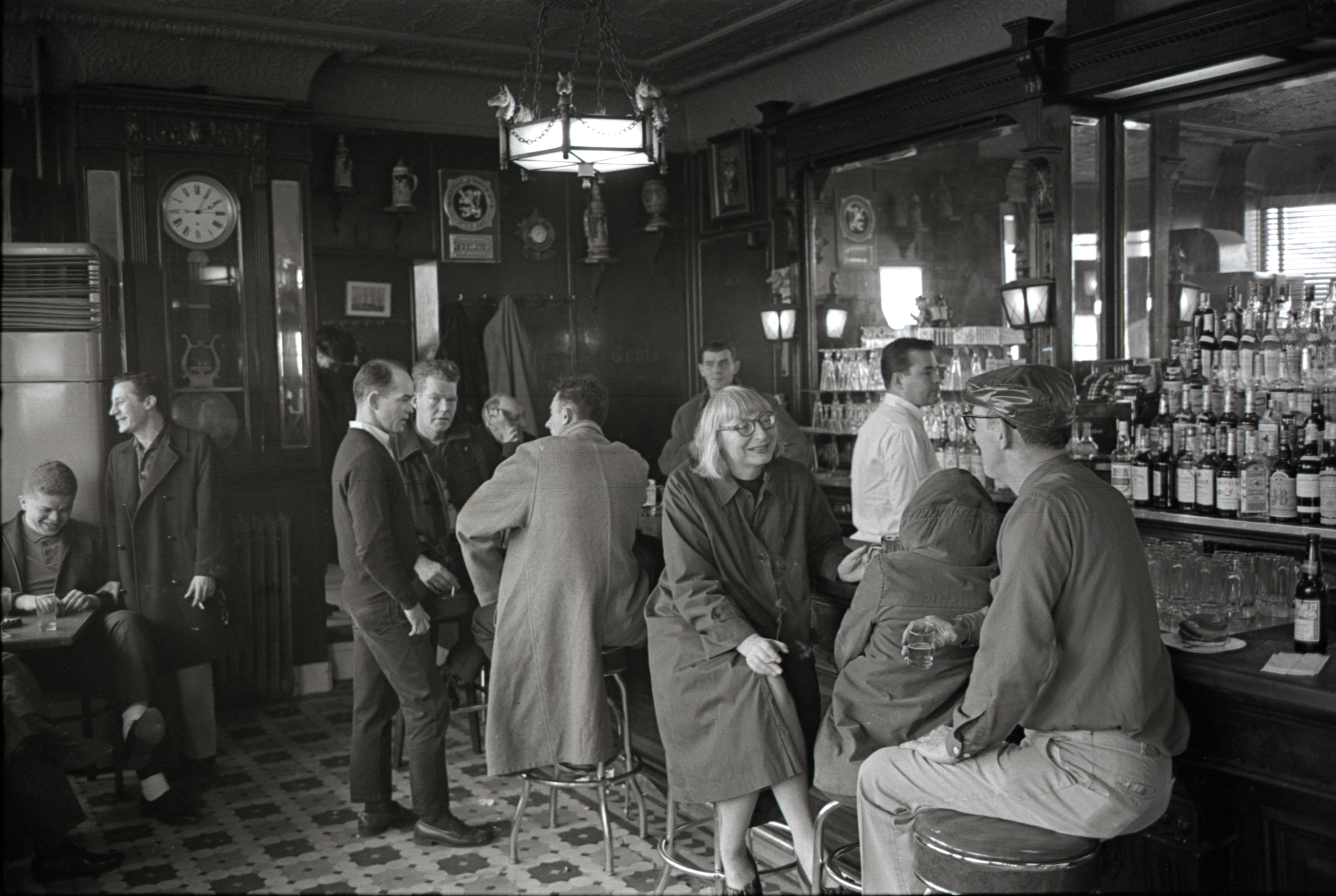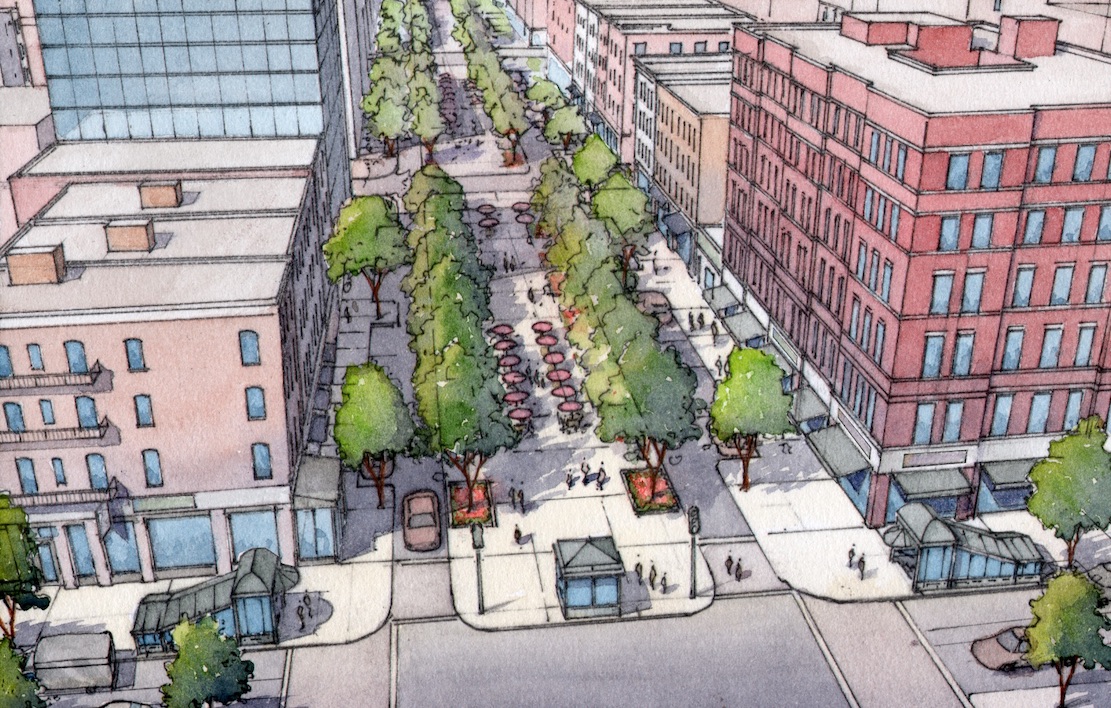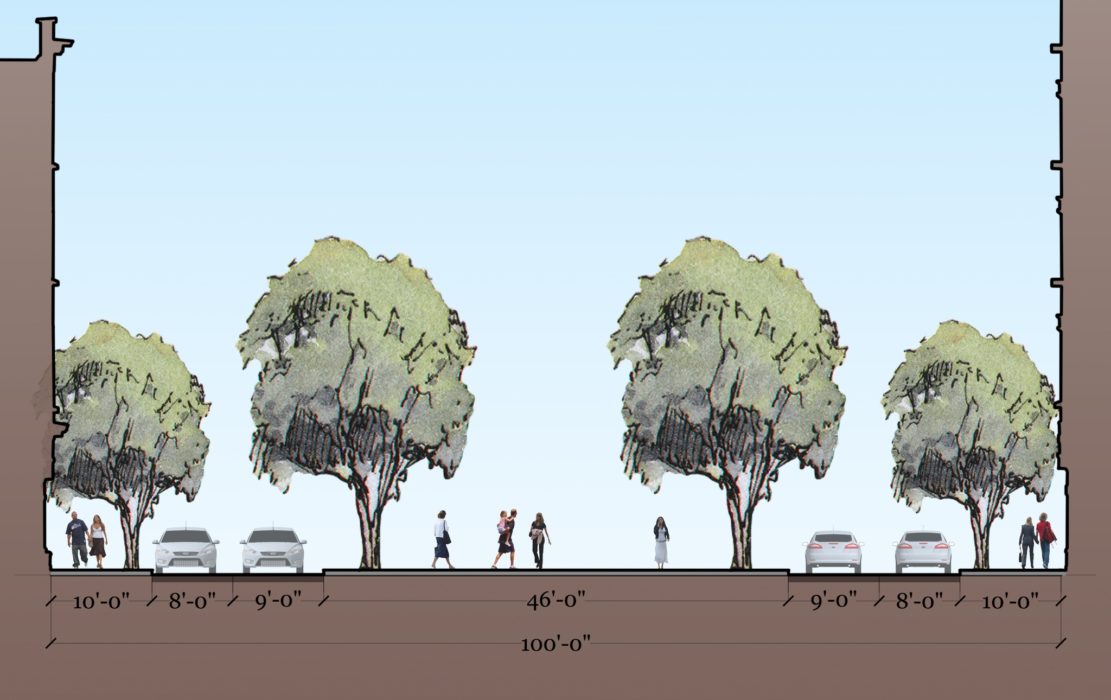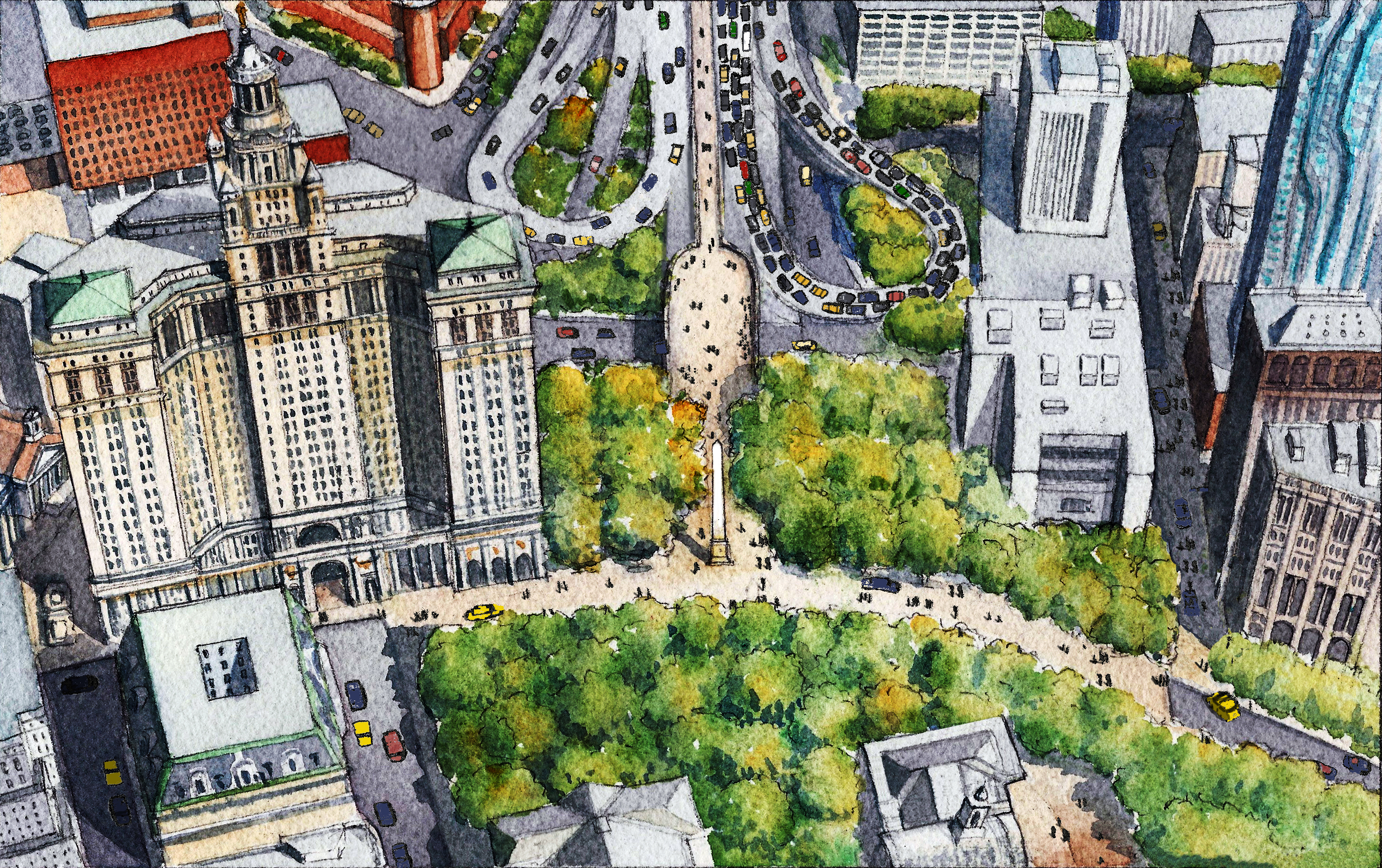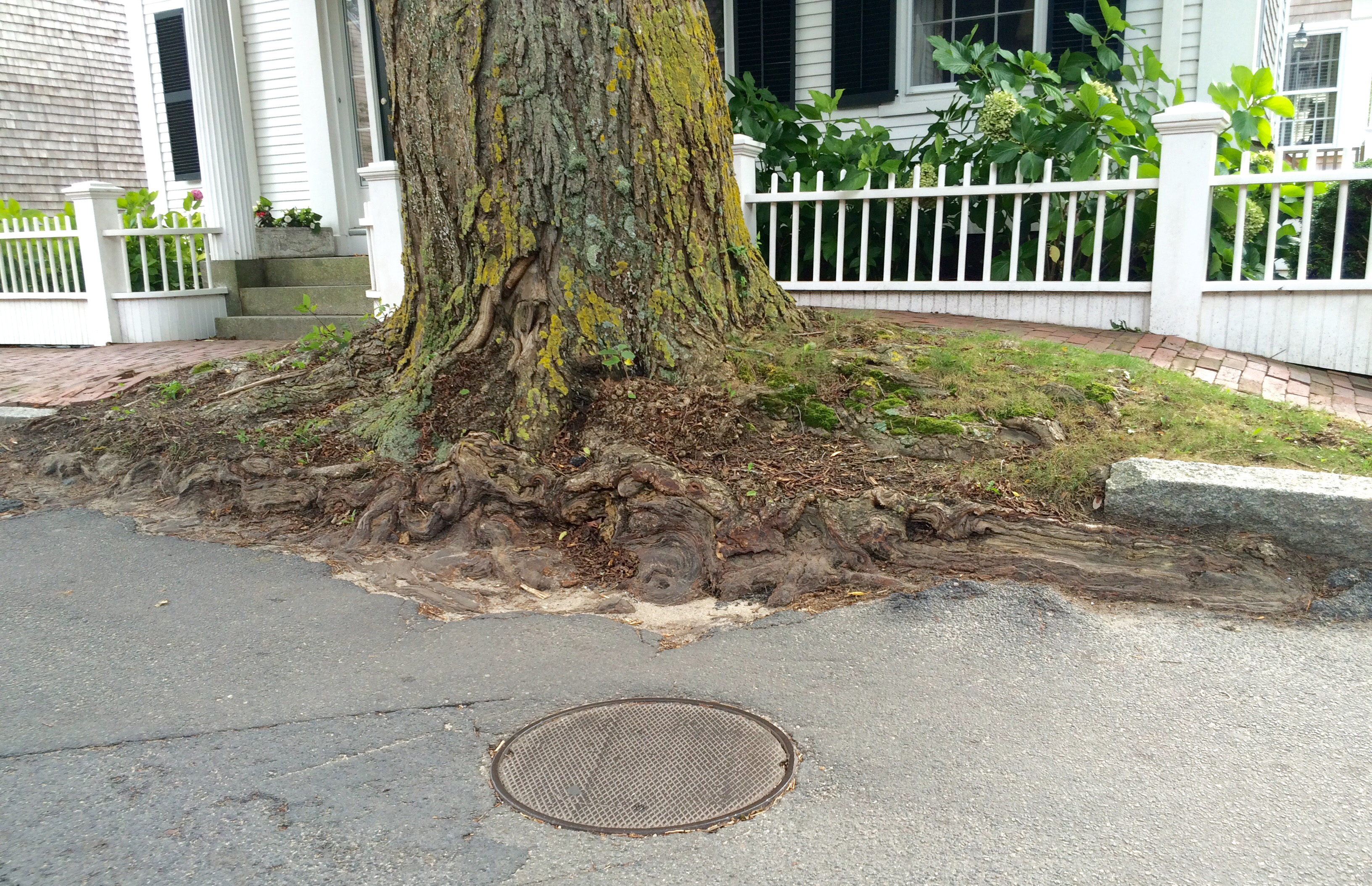“Streets and their sidewalks, the main public places of a city, are its most vital organs. Think of a city and what comes to mind? Its streets. If a city’s streets look interesting, the city looks interesting; if they look dull, the city looks dull.” — Jane Jacobs, The Death & Life of Great American Cities
There’s a revolution going on in how we use our streets, but the evolution of the revolution is slow. Complete Streets, Slow Streets, Open Streets—what would Jane say?
Join CNU NYC and John Massengale for a virtual tour of Jane’s Greenwich Village, a history of New City streets, and a discussion of Streets for People and Slow New York.
WHEN: Tuesday, May 4 (Jane’s Birthday), 3 PM (Happy Hour to Follow — BYOB)
REGISTER: MAS Janes Walks
The photo above shows CNU NYC’s 2020 Jane’s Walk on Charles Street in Greenwich Village. Below is Jane Jacobs at the White Horse Tavern. Jane’s house at 555 Hudson Street was on the same block.
